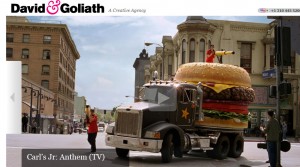Effective Selling Requires Organization and Nourishment.
The body is amazing thing. Nobody will argue with that. One of the keys to health is proper digestion. It starts with enzymes in the mouth, mastication of solids via the teeth, then channeling food down the throat through various stomach and intestinal tubes and reservoirs, where the extraction of goodness and badness occur, adding life and nourishment to our blood and cells. Digestion.
But digestion also happens in marketing communications. We hear, see, read and, yes, even smell promotional cues all day long. Sometimes — even when we sleep. Color, poetry, context, cortex stimulation, likeability all contribute to what we remember and choose to act upon. Megan Kent, a master strategist and student of the brain’s role in brand experience, is expert in the digestion of marketing. Her theory of “brand synchronicity” would likely support these thoughts on marketing digestion:
- If you need a tab on your homepage labeled “What is brand X?” …you are having some marketing indigestion.
- If your tagline is comprised of three separate and unrelated words….you have marketing indigestion.
- If your ad agency writes ads promising change, and then laundry lists the supports to the point of confusion… grab the Tums.
- If you test the work asking consumers “What’s the main idea of the communication?” to which they offer a look of consternation and a long thoughtful ummm…you are in the land of the indigestible marko-babble.
Digestion of food is easy; the good is separated from the bad. When it comes to marketing and advertising, digestion is not so easy. Only the well-organized can create selling nourishment. Peace.







